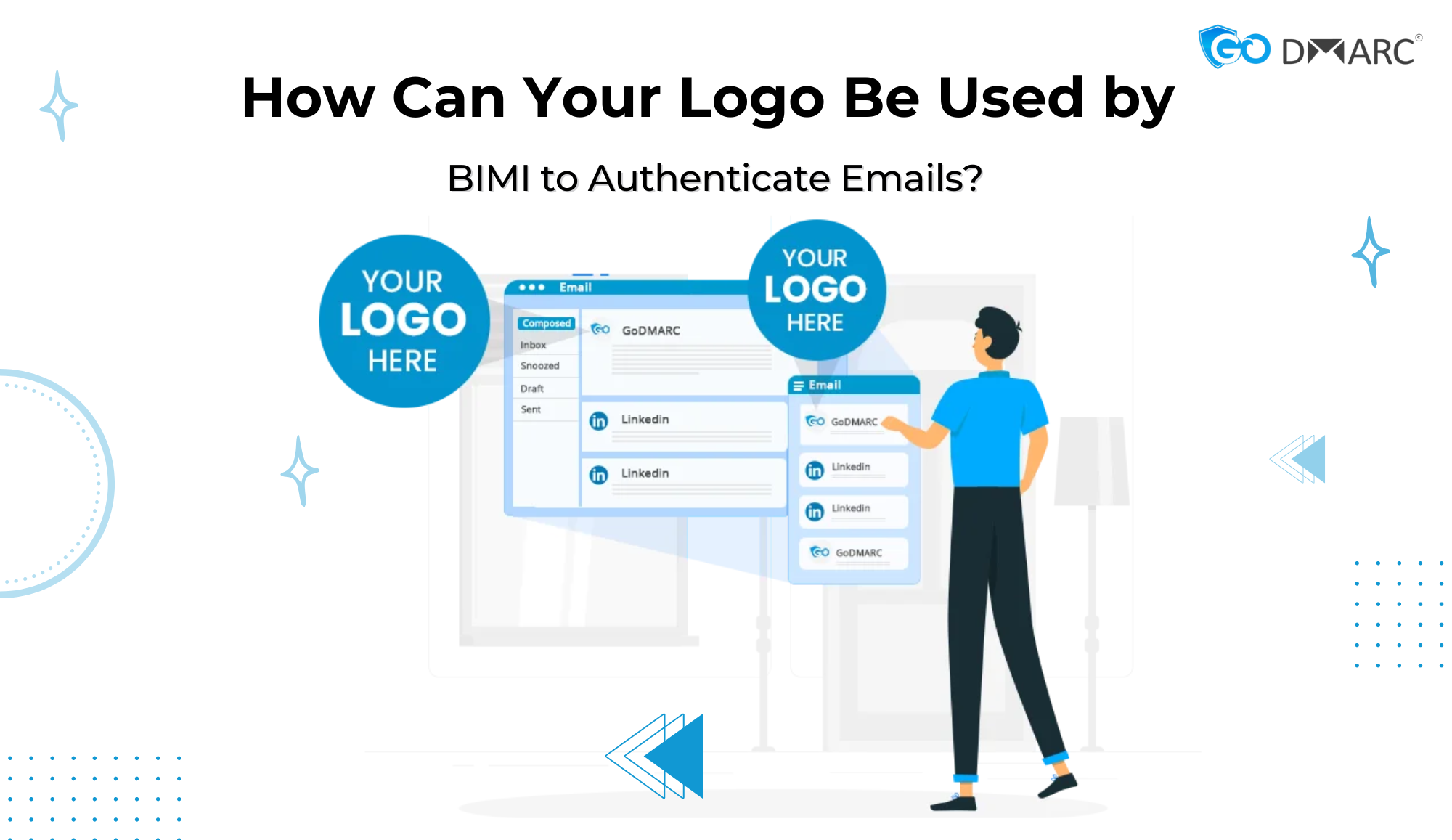Introduction
In the digital era, email remains one of the most powerful communication tools for businesses. However, with the rising number of phishing attacks and email spoofing, organizations are under constant pressure to secure their email channels. To address these challenges, Google launched the Brand Indicators for Message Identification (BIMI) pilot program, enabling brands to display their logos next to authenticated emails in Gmail.
This initiative is a game-changer, particularly for businesses that prioritize brand recognition and email security. By integrating BIMI with DMARC (Domain-based Message Authentication, Reporting & Conformance), Google ensures that only verified brands can display their logos, adding an extra layer of authenticity to email communication.
This blog will explore the BIMI pilot program, its benefits, technical implementation, challenges, and the role of BIMI Record Checker in ensuring successful deployment.
What is BIMI?
Brand Indicators for Message Identification (BIMI) is an email specification that allows brands to display their logos within supported email clients. BIMI enhances email authentication by ensuring that only legitimate senders can showcase their brand logo.
How Does BIMI Work?
- DMARC Enforcement – The sender’s domain must have a DMARC policy set to either
quarantineorreject. - Verified Mark Certificate (VMC) – Brands need a VMC, a digital certificate proving the ownership of the logo.
- BIMI Record Setup – The brand must publish a BIMI TXT record in their domain’s DNS settings.
- Email Authentication – When an email is received, the email provider (like Gmail) checks the BIMI record and DMARC compliance before displaying the logo.
Why Did Google Launch BIMI?
Google’s decision to implement BIMI in Gmail stems from the increasing threats of email impersonation and phishing attacks. By requiring DMARC authentication, BIMI enhances email security while also improving brand visibility in users’ inboxes.
Benefits of BIMI for Businesses
1. Increases Email Trust & Security
BIMI requires DMARC compliance, ensuring that only legitimate senders can use the brand logo. This reduces the risk of spoofed emails and phishing attacks.
2. Enhances Brand Visibility
With BIMI, recipients see the brand’s official logo next to emails, reinforcing trust and making emails more recognizable in crowded inboxes.
3. Improves Email Engagement & Open Rates
A well-placed logo makes emails stand out, leading to higher open rates and improved user engagement.
4. Strengthens Brand Identity
By displaying an official logo in inboxes, brands create a consistent and professional image, reinforcing brand identity and credibility.
Google’s BIMI Pilot: Key Details
Gmail’s BIMI Support
Google’s BIMI pilot program started with a limited group of brands, allowing them to display logos in Gmail once they met the necessary authentication standards. After a successful pilot phase, Google expanded BIMI support for all Gmail users in 2021.
BIMI & DMARC: The Perfect Pairing
Google’s BIMI implementation strictly requires DMARC enforcement. This means:
- Domains must have a DMARC policy (
p=quarantineorp=reject). - Emails must be authenticated through SPF (Sender Policy Framework) or DKIM (DomainKeys Identified Mail).
- The brand logo must be verified through a VMC before being displayed.
Supported Email Clients
Apart from Gmail, other email providers supporting BIMI include:
- Yahoo Mail
- Fastmail
- Apple Mail (macOS & iOS)
Microsoft Outlook has not yet implemented full BIMI support.
Setting Up BIMI for Your Domain
To implement BIMI, businesses must complete a series of technical steps. Below is a detailed guide.
Step 1: Ensure DMARC Compliance
- Set up a DMARC policy with at least
p=quarantineorp=reject. - Implement SPF and DKIM to authenticate emails.
Step 2: Obtain a Verified Mark Certificate (VMC)
- A VMC is issued by trusted Certificate Authorities (CAs) like DigiCert and Entrust.
- It verifies that the brand owns the logo and has a valid trademark.
Step 3: Create and Publish a BIMI Record
A BIMI record is a TXT record added to your domain’s DNS settings. Example:
arduinoCopyEditdefault._bimi.example.com TXT
v=BIMI1; l=https://example.com/logo.svg; a=https://example.com/vmc.pem;
Here:
v=BIMI1– Indicates the BIMI version.l=– URL of the SVG logo.a=– URL of the VMC certificate.
Step 4: Validate with a BIMI Record Checker
To verify your setup, use a BIMI Record Checker, an online tool that checks if your BIMI DNS record is correctly configured.
Popular BIMI checkers include:
- DigiCert’s BIMI Inspector
- Google Postmaster Tools
- MXToolbox BIMI Checker
Step 5: Monitor Email Deliverability
- Use DMARC reports to monitor email authentication status.
- Check whether emails pass BIMI validation in Gmail.
Challenges & Limitations of BIMI
1. VMC Certificate Costs
- VMCs are expensive, costing between $1,000–$3,000 per year.
- Only brands with trademarked logos can obtain a VMC.
2. Limited Email Client Support
While major providers like Gmail and Yahoo support BIMI, Microsoft Outlook does not.
3. Complex Technical Setup
Businesses need DNS expertise to properly configure DMARC, SPF, DKIM, and BIMI.
4. Logo Display is Not Guaranteed
Even with correct setup, email providers have the final say in displaying logos.
Future of BIMI & Email Authentication
As more email providers adopt BIMI, it is expected to become an industry standard for brand authentication. Google’s BIMI pilot has encouraged other email providers to enhance their security features, making it likely that BIMI adoption will grow.
With continued innovation in email security, AI-powered phishing detection, and stricter DMARC policies, BIMI will play a crucial role in shaping the future of email authentication and brand trust.
Conclusion
Google’s BIMI pilot is a major step toward improving email security and brand visibility. By enforcing DMARC authentication and allowing businesses to display logos in Gmail, BIMI provides a powerful tool for companies to build trust with their audience.
For businesses looking to implement BIMI, using a BIMI Record Checker is essential to ensure proper configuration. While there are challenges, the security and branding benefits outweigh the effort, making BIMI a worthwhile investment for companies aiming to enhance their email marketing and authentication strategies.
Would you like assistance in setting up BIMI for your domain? Let us know! 🚀




